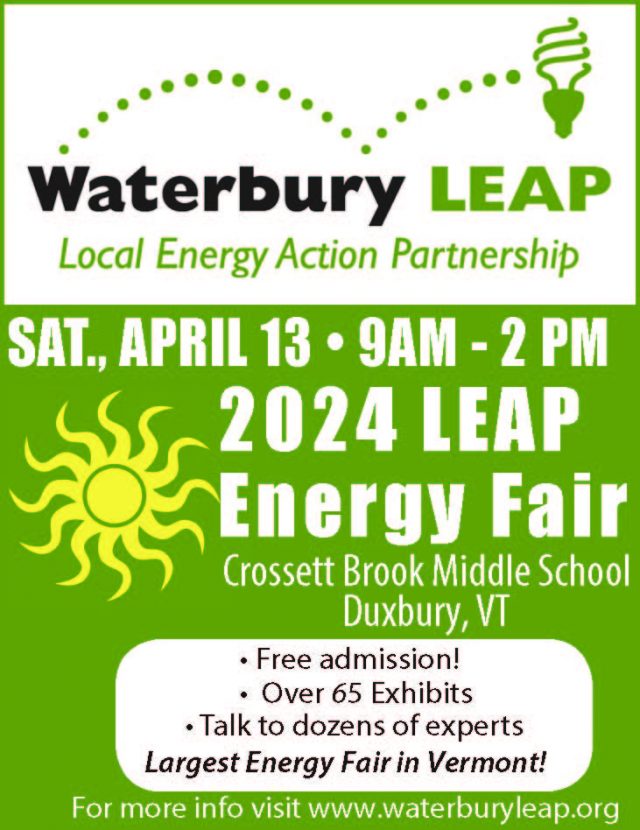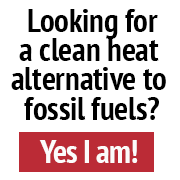By George Harvey
How would you feel if you heated, cooled, and lighted your home with electricity, but when the utility statement came, it included a check made out to you? How would you feel if the check covered the cost of all other energy used in the house, such as the propane you used to heat water and cook? How would you feel if there were enough left over to go out to dinner and celebrate?
If you can picture that in your mind, you can picture going beyond efficiency, past net-zero, all the way to net-positive energy production (also called “net-negative use”). If you have net-positive production, you are making more power than you use. Net positive production is not just a theoretical goal. It is a goal that is being met.
Wes Parlee owns a net-positive producing house in Devens, Massachusetts. He explains the feeling of being net-positive with these words: “I know it sounds funny, but it almost feels like stealing. It’s amazing!” His average cost for utilities is a monthly credit of $58.
It may feel like he is stealing, but it is hardly undeserved. When he started planning his new house, he turned to Carter Scott of Transformations, Inc., which is located in Townsend, Massachusetts. Transformations teamed up in 2009 with Building Science Corporation, a research partner with the Building America Program of the, U.S. Department of Energy (DOE), to learn and apply the latest in building science techniques.
The result of Carter’s experiences is a sure knowledge of an intricate set of scientific, architectural, engineering, and construction principals that allow him to sum up in a single structure all the values connoted by a single, simple English word: cozy.
A more technical description includes the facts that above ground, the building is double-walled and has insulation of R-45.6. The ceiling has insulation of R-67. Additional attention was put into making sure moisture management was correct. The slab is insulated to R-10, and the foundation walls to R-20. Windows are R-5.0 and are carefully sealed and flashed; their solar heat-gain coefficient is 0.19. As a last touch, attention to air leakage was careful enough that blower door testing produced results significantly better than standard.
Heat is supplied by super-efficient air-source heat pumps that are at 92% of rated efficiency when the outside temperature is 5ºF, and 58% when the temperature drops to -13ºF. During the summer heat, the same equipment can cool the house, but with so much insulation cooling is generally not necessary.
There are no incandescent lights used, and so far all lights are CFLs. All appliances are ENERGY STAR rated.
The house would have a Home Energy Rating System (HERS) rating of 34, if it did not have a PV system. With solar power part of the plan from the start, generous roof space was allocated to a system of 78 PV panels with a combined rated output of 18.33 kW, and an expected annual output of 10,200 kWh. This brings the house to a HERS rating of –21, a rating that means that the house generates a good deal more power than it uses.
The Parlee House is a 2013 DOE Challenge Home Winner as a Custom Home. Kudos to Wes Parlee. Kudos to Carter Scott. Kudos to Transformations, Inc.
Transformations’ website is transformations-inc.com.











Leave a Reply